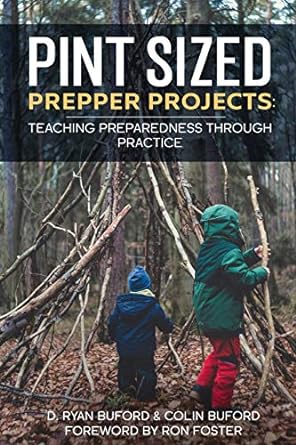How to: Cook Milkweed Seedpods
Share
Video
Milkweed seedpods are edible - delicious! In early Summer Milkweed blossoms start to wane from blooming and their seedpods begin to appear. The seedpod carries the seeds for the next season's generation of milkweed plants.
It is best to harvest them when they are young and small. Both the husk and the soft milky white insides are edible. And can be cooked in a variety of ways. The white insides can be eaten raw and is slightly sweet in taste. Although the flavor is distinctly milkweedy - but not disagreeable.
You can blanch them and freeze them for later. Below is a quick recipe for fried (tempura) Milkweed seedpods.
---------------------------------------------------
10 - 12+ Young Milkweed Seedpods
1 egg
1/4 - 1/2 C water
1 -2 C Potato starch
Cooking oil
Salt to taste
1). Preheat oil in medium pot or deep-fryer
2). Whisk together the egg and water in a bowl
3). Put potato starch in a separate bowl or bag (paper or plastic)
4). Place seedpods in egg water mix, make sure they are thoroughly drenched
5). Then cover with starch either in a bowl or shaken in a bag
6). Place in oil and deep fry until coating is just turning a light golden brown.
7). Remove from oil, strain, add salt or other spices to taste
---------------------------------------------------
FORAGING RULES:
1). Only harvest plants that you have 110% positively identified.
2). Only harvest from areas where you have permission to do so.
3). Only harvest from areas you know are not sprayed, contaminated, or polluted.
4).Only use your harvest after they have been well washed in water.
5). Only ingest small amounts at first; If you choose to do so it is AT YOUR OWN RISK! DO NOT use this short video as the source of truth...DO YOUR OWN RESEARCH and/or find someone in your area who is knowledgeable and competent
#5 is especially important if you are new to wild foraging. Aside from the obvious dangers of thistles, poison ivy, poison oak, and deadly water hemlock...Many wild plants contain off the charts vitamins and minerals which might create a shock to your system...considering the nutrient count of your average domesticated vegetable foodstuffs.
Also and adendem to rule #1 is follow Green Deane's of EatTheWeeds I.T.E.M-ize Rules:
(I)dentify the plant beyond doubt....be sure it is the right
(T)ime of year. Check its
(E)nvironment. This involves two things. One is making sure it is growing in the right place. The other is making sure the plant is getting clean water and is not in polluted soil. And then...
(M)ethod of preparation.
SORRY - There are no steps for this How-To. Please check back later. Or drop me a line at
TheUrbanAbo@gmail.com to let me know you wanna see this one fleshed out.







